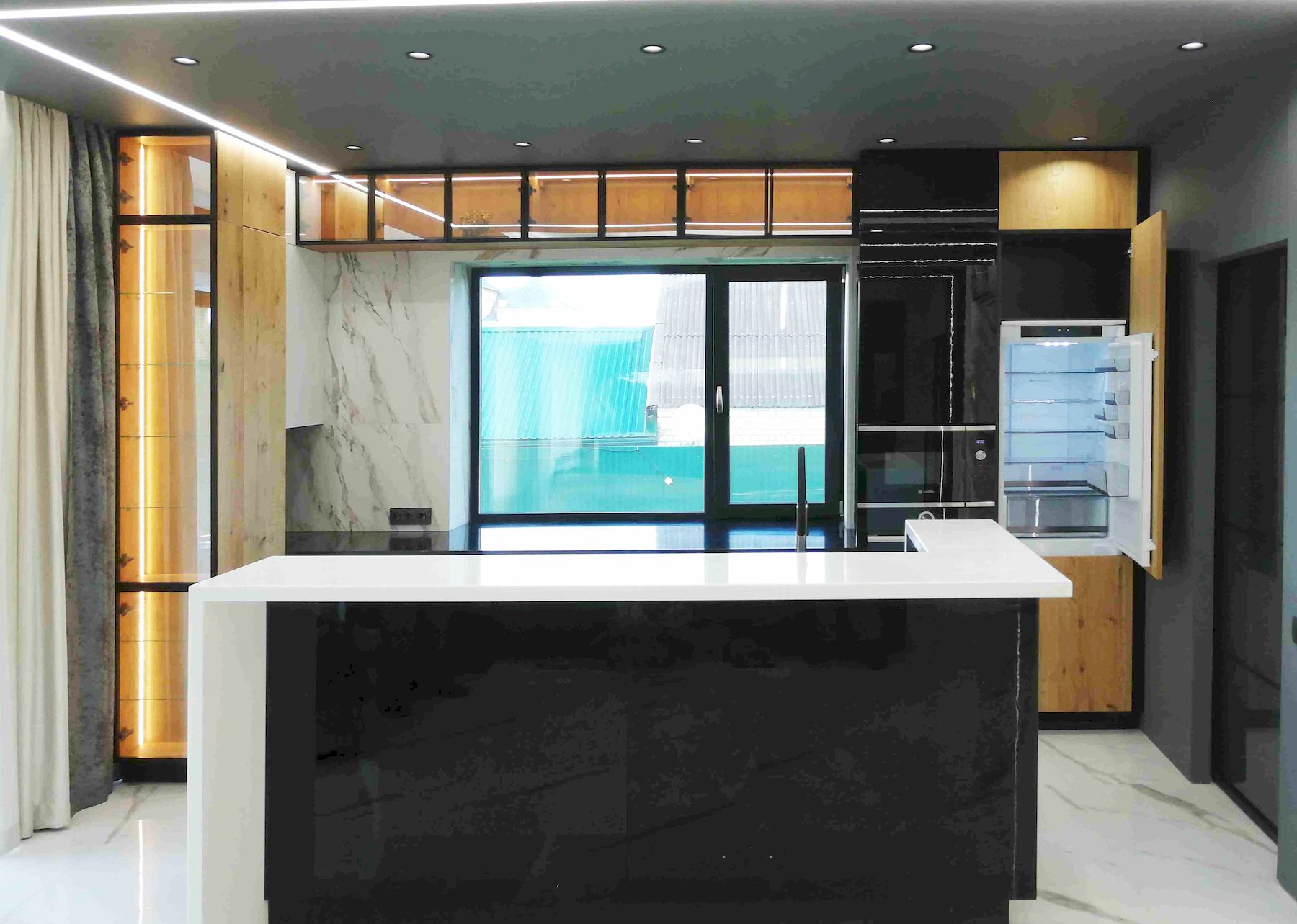
Mastering Your Culinary Space
Introduction to Your Culinary Space
Every home chef or cooking enthusiast knows that the kitchen is more than just a place to prepare meals; it's a creative studio, a workshop for flavors, and a center for nourishment and socialization. Mastering your culinary space involves understanding its potential and optimizing it for efficiency, enjoyment, and culinary excellence. Whether you are an experienced cook or just starting out, there are steps you can take to enhance your kitchen experience.
Organization Is Key
Organization is the cornerstone of a functional kitchen. It starts with decluttering and arranging your workspace in a logical manner. This includes grouping similar items together, utilizing proper storage solutions, and maintaining a clean and orderly environment. Consider what tools and ingredients you use most frequently and make sure they are easily accessible. Implementing systems such as the 'mise en place' philosophy, which means 'everything in its place,' can transform your cooking routine into an efficient and pleasurable process.
Equip Yourself with the Right Tools
Just as a craftsman is only as good as their tools, a chef's skills are often reflected in the quality and suitability of their equipment. Investing in high-quality knives, pots, pans, and utensils will not only improve your culinary results but also reduce frustration in the kitchen. Remember, however, that more is not always better. Choose versatile tools that serve multiple purposes, and avoid cluttering your space with gadgets you'll seldom use.
Maximizing Space and Workflow
Even small kitchens can be highly effective if the layout is optimized for workflow. The classic 'kitchen triangle' concept, which arranges the stove, sink, and refrigerator in a triangular pattern, aims to minimize unnecessary movement. Consider additional factors such as counter space, lighting, and ventilation. Use vertical space with hanging racks for pots and magnetic strips for knives. An ergonomic kitchen design will naturally enhance your cooking experience and help prevent fatigue.
Personalize Your Culinary Environment
Your kitchen should reflect your personal style and culinary preferences. Whether you're drawn to a modern aesthetic with stainless steel appliances and minimalist design, or a more rustic look with natural wood and vintage accessories, personalize your space to make it feel inviting. Incorporating plants, artwork, or a sound system for music can also make your culinary space a more enjoyable place to spend time in.
Embracing Technology and Innovation
Modern innovations have introduced a range of gadgets and appliances designed to make cooking easier and more enjoyable. Smart kitchen devices, such as programmable pressure cookers, sous-vide machines, and high-tech blenders, can broaden your culinary horizons and streamline your cooking processes. Embrace technology that aligns with your cooking style and enhances your capabilities, but be wary of gadgets that promise the world yet deliver little practical value.
Continuous Learning and Experimentation
Mastering your culinary space is an ongoing journey that involves continuous learning and experimentation. Take advantage of the abundance of cooking classes, online tutorials, and cookbooks that are available to expand your skills and knowledge. Experiment with new recipes, techniques, and cuisines. Every dish you attempt, whether a triumph or a learning experience, will contribute to your growth as a home chef.
Conclusion: Crafting the Heart of Your Home
Your kitchen is the heart of your home, a place where meals are created, memories are made, and skills are honed. By mastering your culinary space through organization, proper tools, space optimization, personal touches, innovation, and a spirit of learning, you can elevate your cooking experience and enjoy the process as much as the finished dish. Embrace your kitchen's potential and let your culinary creativity flourish.